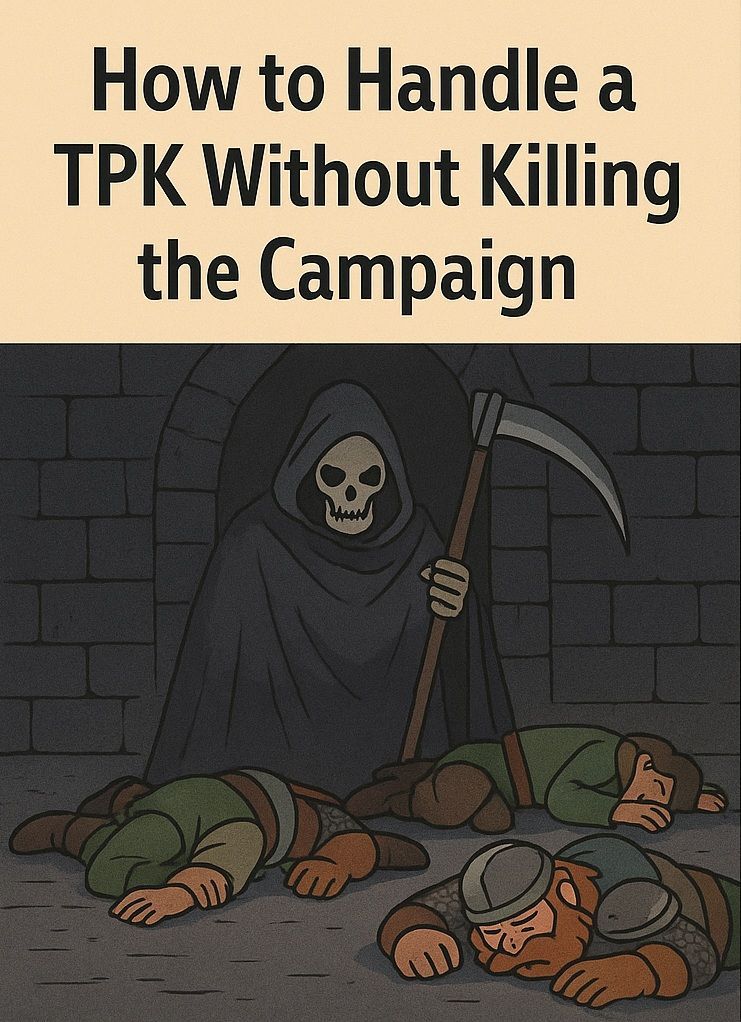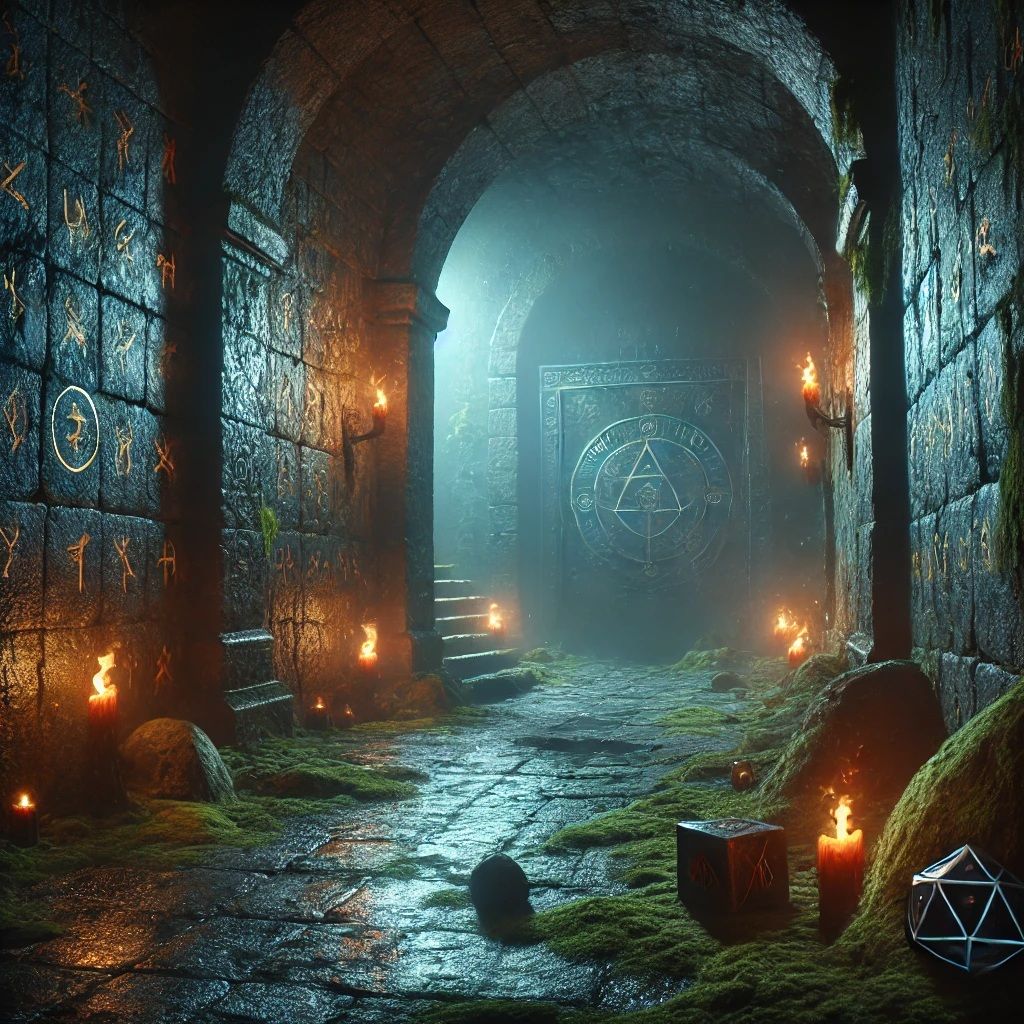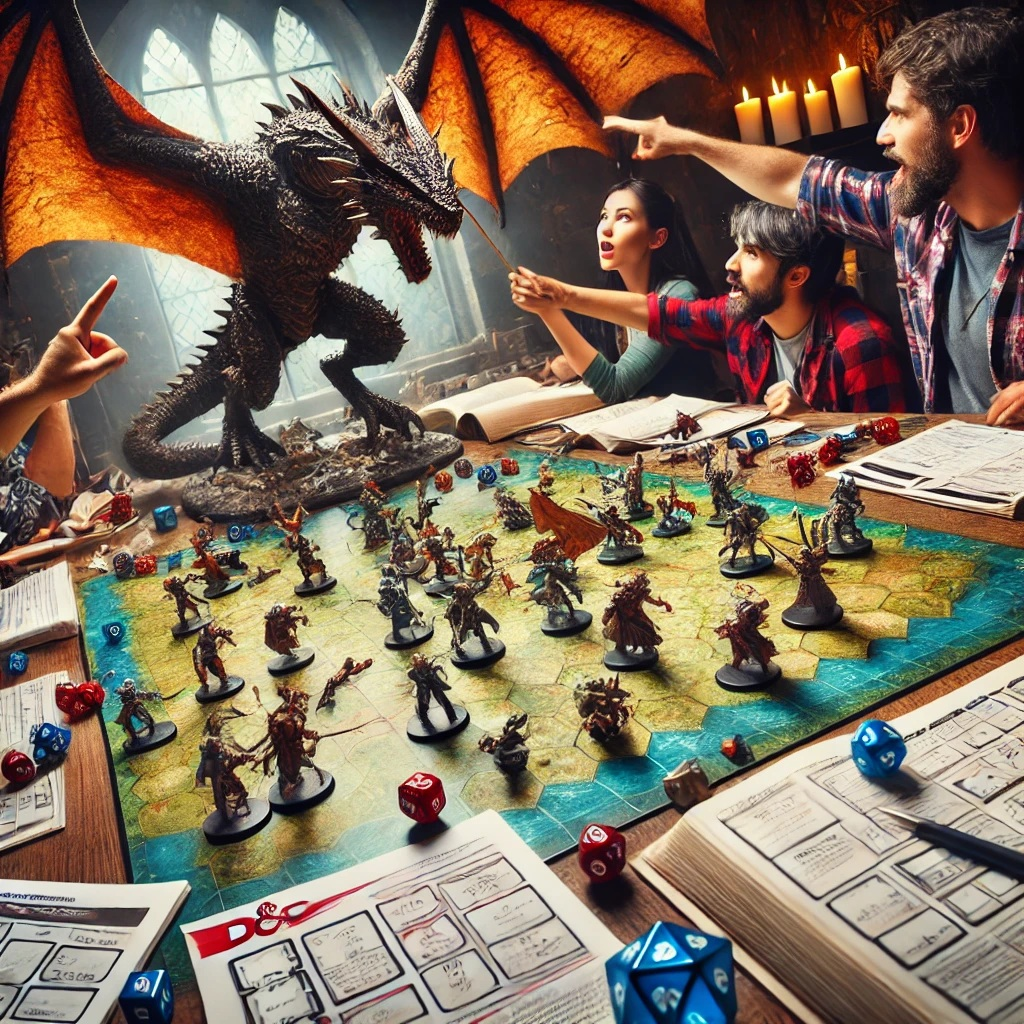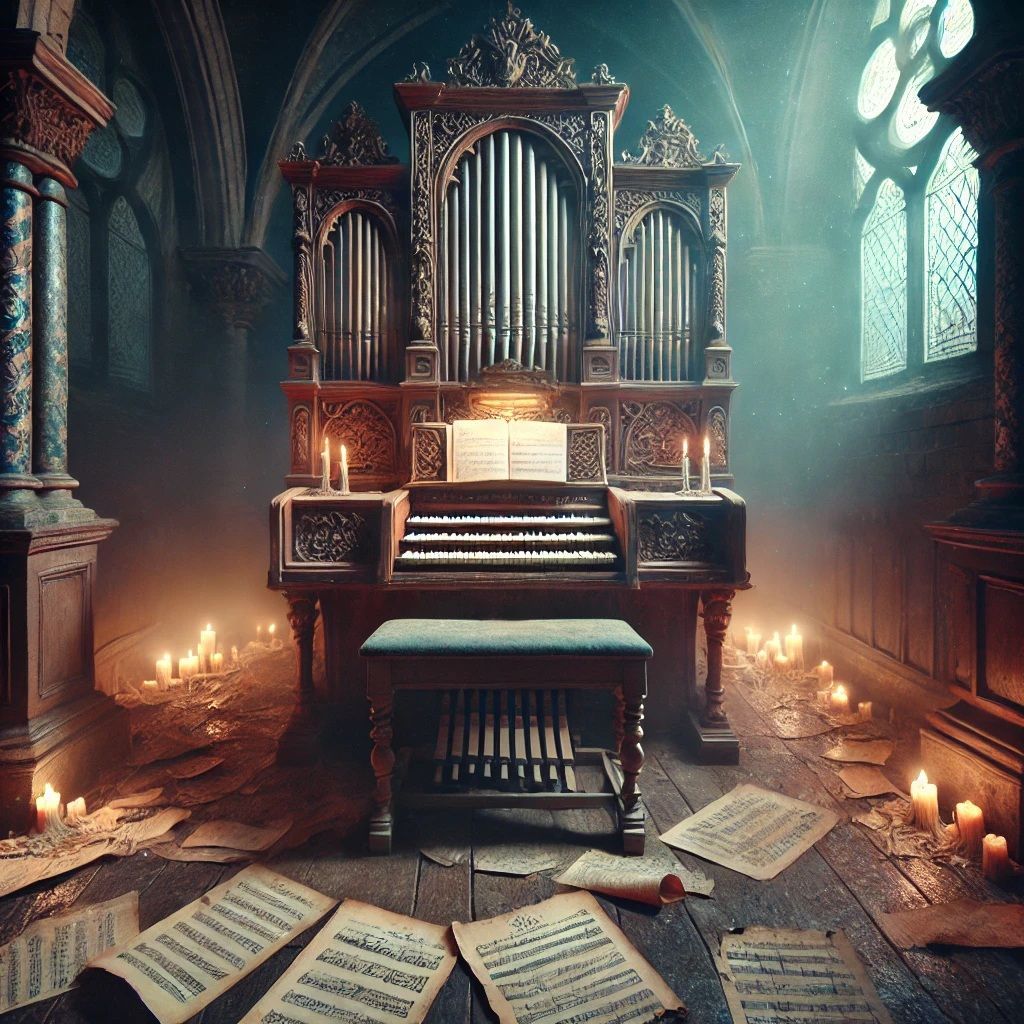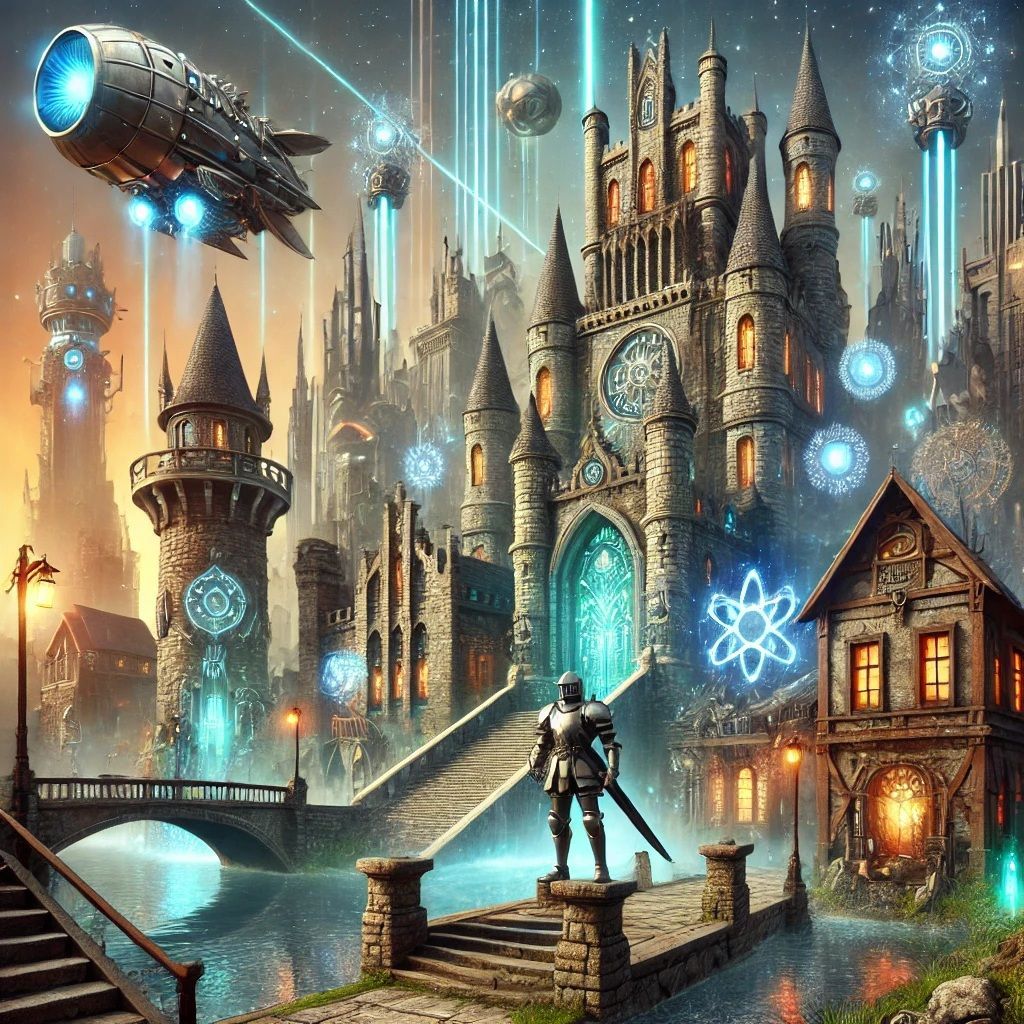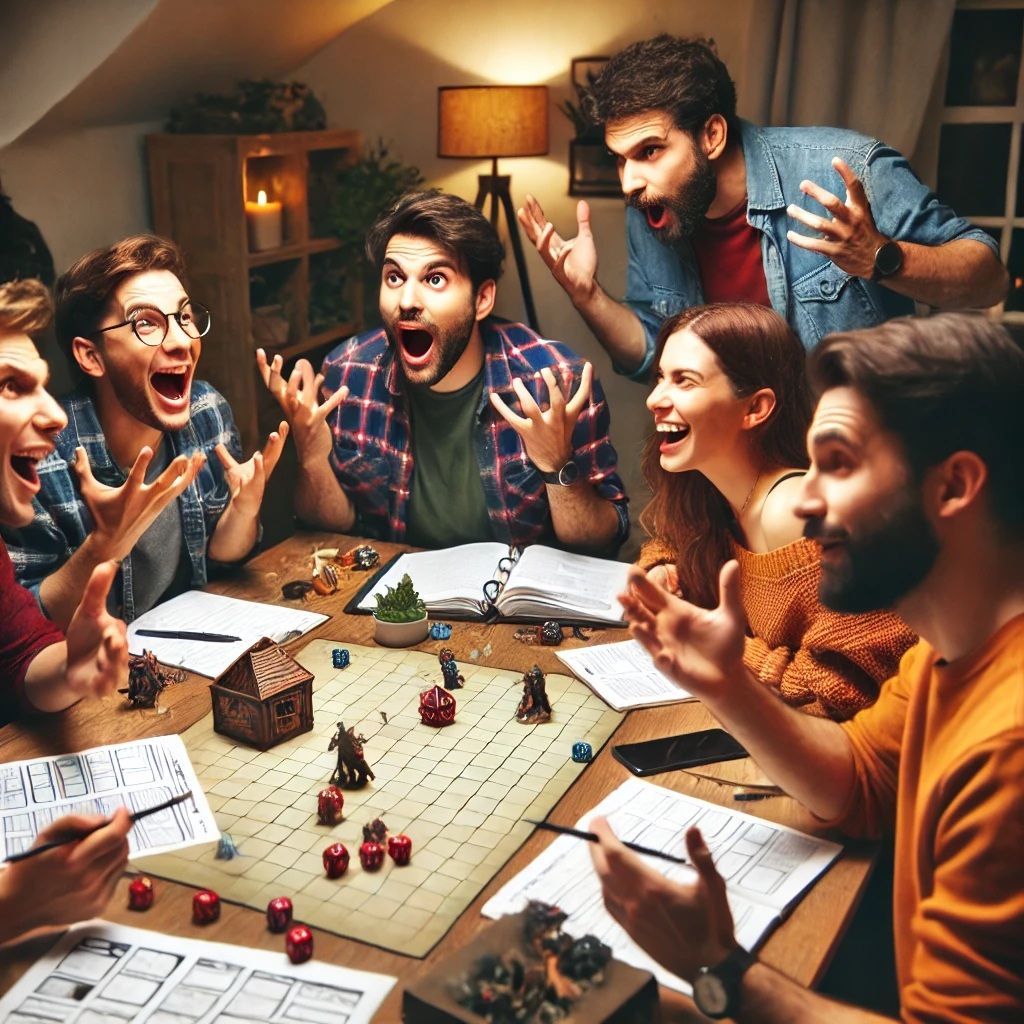Breaking the Mold: Reimagining Classic Monster Encounters
New life into old critters
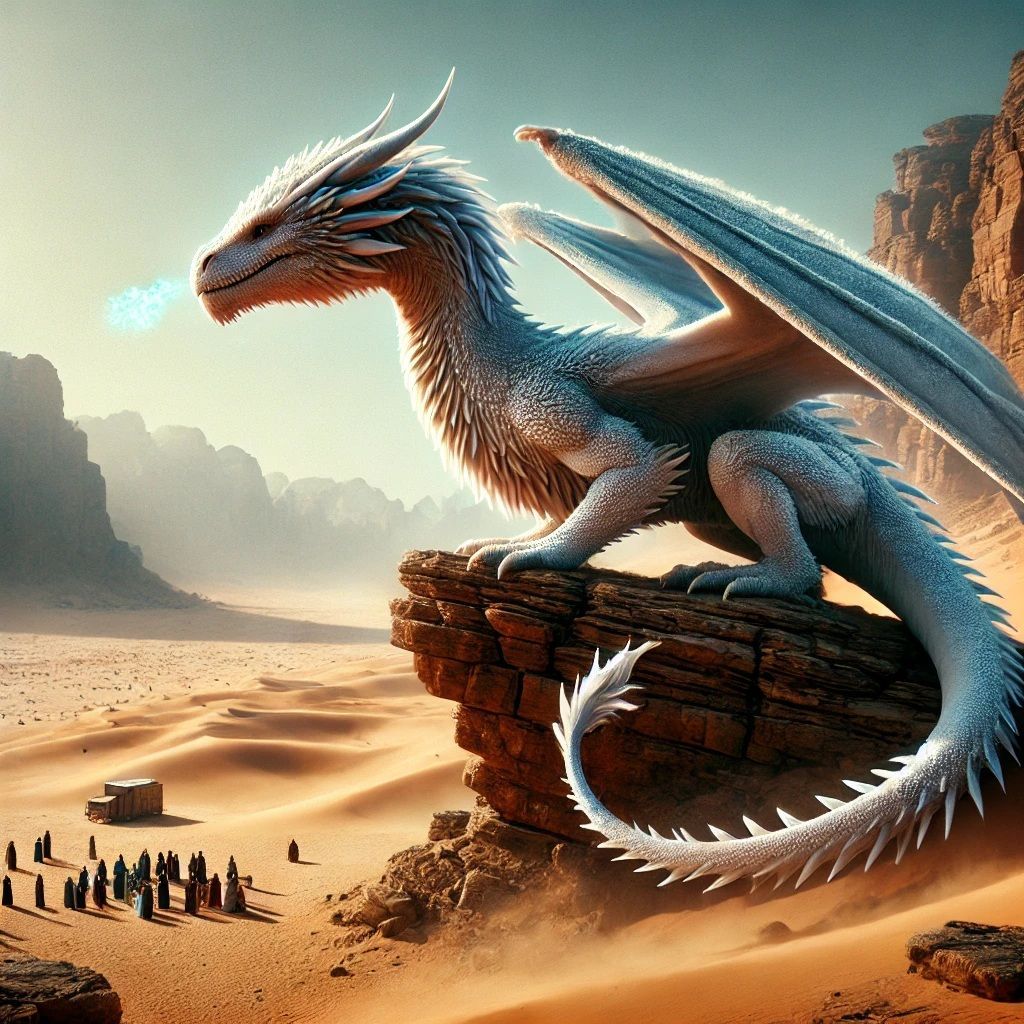
Dear Readers,
We all know the feeling. The adventuring party enters a darkened cave, a cursed ruin, or a foreboding forest, and suddenly—a rustling, a growl, a telltale glint of glowing eyes! The battle map is unfurled, initiative is rolled, and the monsters begin their attack. It’s thrilling, yes, but after a while, even the most fearsome creatures can start to feel a little... predictable.
But what if we could break the mold? What if goblins weren’t just skirmishing nuisances, but tragic revolutionaries fighting against oppression? What if dragons were scholars as much as they were hoarders? What if that mindflayer in the dungeon wasn’t out for brains, but was instead an outcast seeking sanctuary from its own kind?
In today’s post, we’re going to explore how Dungeon Masters can reimagine classic monster encounters to breathe new life into their games and keep their players on their toes.
1. Rethinking Motivations
The first and perhaps easiest way to shake up a monster encounter is to reconsider why the monster is fighting. Many creatures attack out of instinct, hunger, or programming (in the case of constructs and undead), but what if they didn’t? What if there was something else driving their actions?
Case Study: The Lonely Beholder
A beholder is usually a paranoid, hyper-intelligent tyrant, floating in its lair, eliminating anything it perceives as a threat. But what if instead of ruling through fear, this beholder longed for companionship? What if its eye rays weren’t weapons of destruction, but manifestations of its subconscious desires? Perhaps it petrifies creatures not out of malice, but to “preserve” them as eternal friends, surrounding itself with statues it believes will never abandon it.
2. Changing the Environment
Most monster encounters are tailored to fit their environments. A manticore in the mountains, a basilisk in a cave, a gelatinous cube in a dungeon corridor. But what if we put them in unexpected places?
Case Study: A White Dragon in the Desert
White dragons are typically found in arctic tundras, using the cold to their advantage. But what if an ancient white dragon was exiled from its frigid homeland and forced to make its lair in a scorching desert? Now, instead of icy breath being an overwhelming force of nature, it’s a precious resource—one that the dragon uses sparingly, perhaps trading with desperate desert wanderers for information on how to regain its lost home.
3. Adding Layers of Complexity
Monsters can have goals and conflicts that make encounters more dynamic than a simple fight to the death. Imagine that your players are ambushed by a group of trolls—pretty standard, right? But what if those trolls were actually at war with a group of invading fey? Now, instead of a straightforward battle, your players must decide whether to fight, negotiate, or use the conflict to their advantage.
Case Study: The Morally Complex Lich
Liches are typically depicted as power-hungry necromancers seeking immortality at any cost. But what if the lich wasn’t interested in conquest? What if it was maintaining a centuries-old magical barrier keeping an even greater evil at bay? Now, the party has to decide: do they destroy the lich and risk unleashing whatever is trapped beyond, or do they strike a tenuous alliance with an undead abomination for the greater good?
4. Playing with Player Expectations
Nothing keeps players engaged like surprise. If they’re convinced they’re fighting a traditional monster but suddenly the script flips, you’ve got an unforgettable moment.
Case Study: The Mimic That Wants to Be a Chest
Mimics are deceptive by nature, luring in victims with the promise of treasure. But what if one mimic was tired of its predatory life? What if it longed to be a real treasure chest, admired and valued? This could lead to a hilarious and heartwarming encounter where the party must “train” the mimic to sit still and not eat would-be looters.
5. Rewriting the Monster’s Role in the World
Beyond individual encounters, you can shake things up by rethinking how a monster fits into the world at large. Maybe orcs aren’t brutish raiders, but instead noble warriors with an elaborate code of honor. Maybe vampires aren’t undead horrors, but divine servants cursed with eternal life as punishment for a forgotten betrayal.
Case Study: Goblins as Inventors
Instead of being chaotic, disposable enemies, what if goblins were the world’s foremost tinkerers? They might lack the refinement of gnome craftsmen, but their unorthodox inventions would be prized by those who value ingenuity over reliability. Now, encountering goblins in a dungeon isn’t about clearing them out, but rather navigating a labyrinth of unpredictable mechanical traps and bargaining with eccentric goblin engineers.
6. Making Monsters Relatable
The final way to break the mold is to make your monsters more human. If players can relate to their enemies, they might hesitate before striking the killing blow. Maybe the werewolf was cursed and only attacks because they can’t control their transformation. Maybe the bandit leader is stealing because the local nobility has left their village starving. Maybe the banshee isn’t wailing to harm, but to warn others away from a terrible fate.
Case Study: The Sorrowful Wraith
Wraiths are usually vengeful spirits, but what if a wraith didn’t want to be what it had become? Perhaps this spirit lingers not to harm the living, but to pass on a message it never got to deliver in life. The party’s cleric or bard might play a pivotal role in deciphering its cryptic moans and freeing it from its torment.
Conlcusion
Breaking the mold doesn’t mean changing everything—it just means adding a new perspective. By tweaking motivations, environments, expectations, and roles, you can turn a routine monster encounter into something that surprises and excites your players.
So, the next time your party hears a rustling in the dark, they might find more than just another fight waiting for them. Maybe they’ll uncover a tragic tale, a new ally, or a challenge that tests their morality as much as their swords.
Until next time, Dear Readers...















